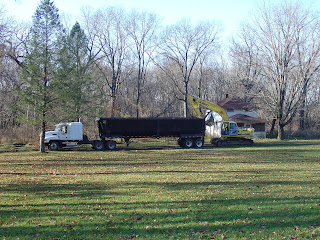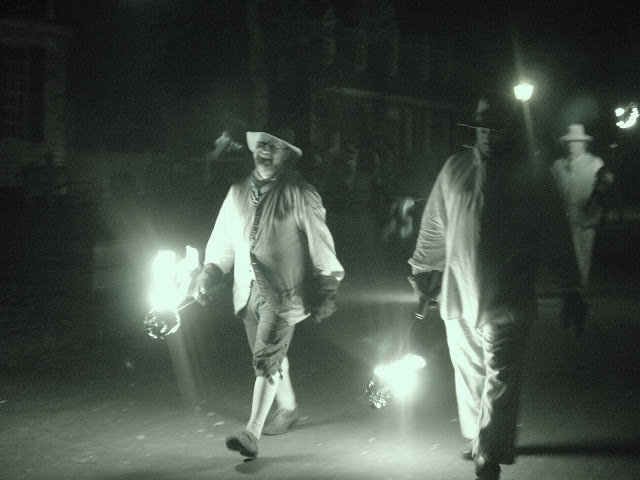 Two Union Pacific tracks reach towards the west in 42N country in this snowy scene taken last week. Passing overhead is modern portion of the Lincoln Highway as it winds through Linn County, Iowa. The bridge from which this photo was taken is actually the original Lincoln Highway bridge built in 1915 in Mt. Vernon, Iowa.
Two Union Pacific tracks reach towards the west in 42N country in this snowy scene taken last week. Passing overhead is modern portion of the Lincoln Highway as it winds through Linn County, Iowa. The bridge from which this photo was taken is actually the original Lincoln Highway bridge built in 1915 in Mt. Vernon, Iowa.Not far from this spot is the seedling mile experiment site (just a few miles west of this location) where the benefits of a concrete highway were first demonstrated in Iowa on this highway. Up until this time the dirt roads were the norm and axle deep clay mud thwarted Model Ts as they tried their luck navigating the early highway road.
My high school French teacher once explained how some regional transportation paths developed. First the paths along waterways (rivers, creeks, streams) which were created by animal trails or local natives were discovered. Sometimes wagon trails widened these paths, then rail service was built along these paths - often with teletype wires overhead. Finally auto roads were built nearby, distances shortened and modifications were made.
This is why along some of the older roads in the country, such as pikes and former tollways you can see this pattern applied.

.JPG)









.JPG)

.JPG)
.JPG)
.JPG)


.JPG)
.jpg)
.JPG)
.JPG)







.jpg)

















.JPG)
.JPG)
